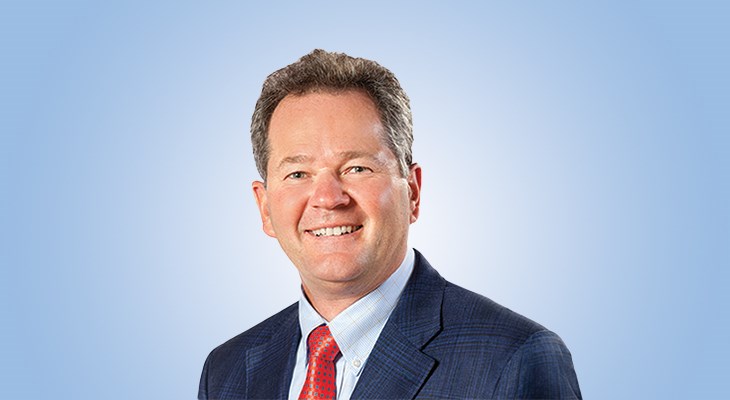Working within the commercial real estate space, Spencer Pisczak, president and founding Member of Premier Development Partners, says the current climate is in many ways a challenge.
"The big problem areas across the country are downtown office buildings," Pisczak said at the Cleveland Smart Business Dealmakers Conference. "They are in a world of hurt, and it's going to get worse before it gets better."
On a macro basis, Pisczak says it's a borderline disaster for anybody that funded a project between 2017 and 2019 because the interest rates at the time were around 2.5 percent. Now they've doubled or tripled, leaving the investors to pay around 7.5 percent if they're on a floating basis. Some might have locked in, but typically locking in is for five to 10 years, leaving a lot of mortgage debt coming up in the next few years.
"We're just seeing the beginning of auctions and take backs, and owners throwing in the keys," he says.
When it comes to alternative sources of capital or investment structures to mitigate the risks in the current market, he says there is always public money available on some basis, depending on the type of project. It just becomes a question whether the person has the time to chase it and the risk tolerance to confirm that they're going to obtain those proceeds, because it's not guaranteed.
Some of the creative things that they've done on the capital side is to take pieces and parts of buildings — anywhere between three to 10 buildings — and clump them into one and use that captured equity as a temporary infusion to bridge the gap until they put permanent debt on that project. They've used all equity in certain cases. And in other cases, they've used lines of credit with the goal of paying them down immediately once permanent debt is put on.
The benefits of going with alternative lending sources, such as people an entrepreneur or investor once worked with, is the relationship — the performance and communication are solid because everyone knows each other. But to maintain flexibility and diversity, it's good to expand resources by working with different people on the occasional deal.
But the conditions have meant that certain projects attract fewer lenders. In one case, they worked with lender on an office project that went well. Then later, when they had a similar project, the lender no longer had an appetite for office projects, regardless of how well it went or how strong the relationship had been.
As they look to continue to get deals done and grow the business within the current market conditions, he says every project must be win-win, with the most important pieces and parts being the company's ability to deliver on time, on budget, without compromising quality. It's also increasingly the important to have a broad network and diversify funding sources.
"We've partnered with friendly competitors on projects," he says. "It goes back to the win-win and serving the customer. At the end of the process, you want to look back and make sure you fulfilled your obligations and responsibilities, and you've done the job to the best of your capability. And sometimes that involves calling a friendly competitor and saying, 'We're absolutely behind on this because this happened or that happened, can you step in and help?' Cleveland's a big, small town. You do what you can to help each other because there's going to come a time where they need it or vice versa."
Beyond his advice on dealing with capital, he says those who have a problem in a project, whether it's with the customer, the lender or both, address it right away.
"Make the phone call, once you've figured out what the options are and all that, that day. Don't wait a week, don't wait a month, don't try to hide it. There's nothing to be gained by that. That's a key lesson."




